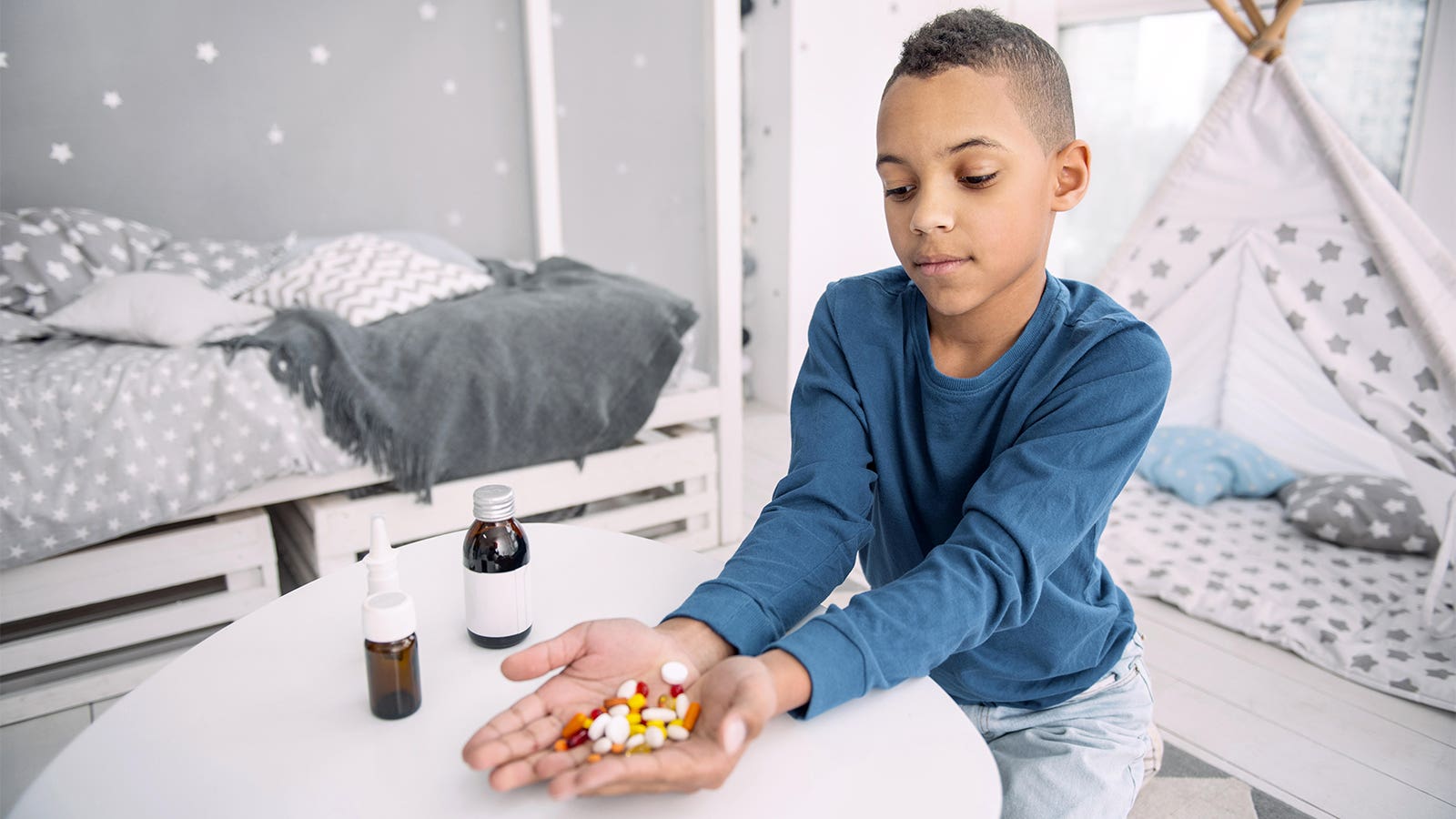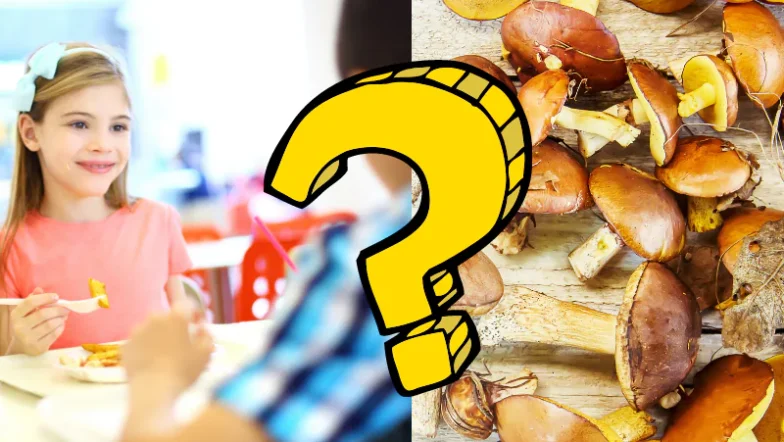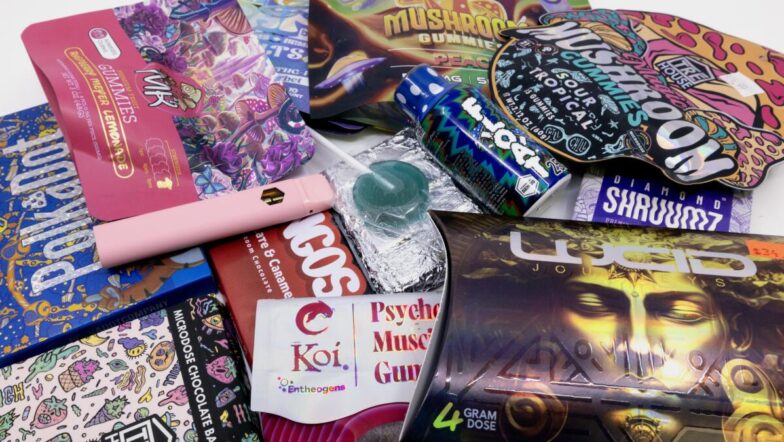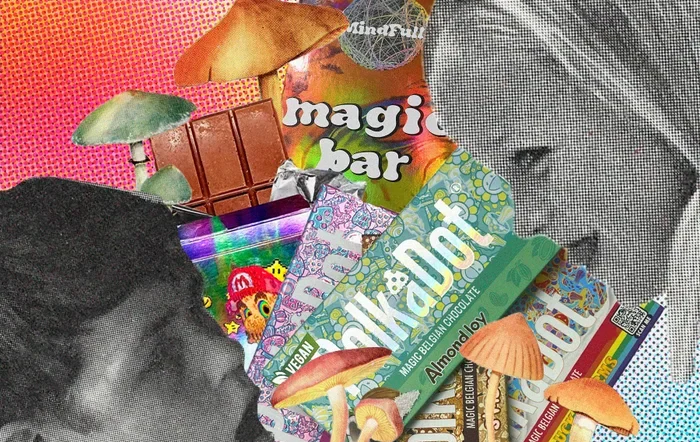Mental healthcare providers are battling an ever-growing psychiatric crisis in pediatric care. This comes amidst an unprecedented youth mental health epidemic that has left millions of teens and young adults both over-medicated and under-resourced. Earlier this year, the CDC reported that teenagers are facing the highest levels of sadness and sexual violence in a decade. Just this week, they published a new report based on data through 2021, noting suicide has risen to 11th leading cause of death in the U.S., and that rates significantly increased between 2020 and 2021 for males ages 15 to 24. We know that rates of serious mental health issues in young people have been on the rise for over a decade. According to the National Alliance on Mental Illness, suicide is now the second leading cause of death for 10- to 24-year-olds, with the surgeon general last year declaring the youth mental health crisis a national emergency.
The volume and severity of mental health conditions cannot be addressed by the average pediatrician or in the emergency room. Treating issues such as major depression, panic disorders, post-traumatic stress disorder, self-harm, and suicidal ideation requires comprehensive, personalized solutions. But this is not how our current mental healthcare system is designed.
We are failing our kids.
I’ve had a front seat to this epidemic as a board-certified child and adolescent psychiatrist. I’ve treated countless patients who present with psychiatric symptoms to their pediatrician’s office or in crisis at an emergency room and are quickly placed on a staggering number of medications that may actually worsen their mental health. Non-psychotropic interventions are inaccessible, leading too often to “polypharmacy” — the prescription of multiple psychotropic medications for a single patient. This is not a sustainable or effective solution.
Let’s use a 12-year-old with attention-deficit/hyperactivity disorder (ADHD) — one of the most commonly diagnosed mental health conditions in the country among adolescents — as an example. I’ll refer to them as “Mason.”
Mason is having trouble focusing in school and having an increasing number of tantrums at home. His parents, lovingly and rightfully concerned, bring up their concerns to the family pediatrician. Mason’s pediatrician diagnoses him with ADHD and writes him a prescription to help with his hyperactivity and anger. At first, Mason seems to respond well to the medication. But a couple months later, his symptoms begin to worsen. He seems moodier and angrier than ever and frequently talks about feeling worthless. His parents take him back to the pediatrician, and she prescribes an antidepressant in hopes that it will help with his mood swings. Thus begins a cycle of psychotropic experimentation on a 12-year-old who is just beginning to enter puberty, still growing and developing, and would most likely benefit from treatment options such as group or skills-based therapy.
This story has become the alarming norm for young people whose pediatricians (to no fault of their own, but rather as a result of systemic issues) are being forced to act as psychiatrists. Why?
To start, there is a critical lack of psychiatrists in the U.S., with more than half of all counties without a single psychiatrist. At the same time, using just one diagnostic example, over 40% of young people who receive medication for an ADHD diagnosis are also prescribed at least one other psychotropic medication. This means there are more medicines being prescribed to an increasing number of young people by a shrinking pool of psychiatrically-trained providers. Many pediatricians only complete one rotation of psychiatry while in residency, which is about 1 month worth of training. And yet, according to this 2020 study, rates of adolescents being prescribed antidepressants increased nearly 40% in recent years (the rate for adults was an increase of 12%).
In the broader context of the youth mental health crisis, this means there is a growing number of young people with serious mental health issues who are also on serious psychotropic medicines. Many of these medicines are not approved for youth, and the effect on the still-developing adolescent brain is unknown. This does not mean they should never be prescribed. Of course, there are situations where these medicines are necessary and life-saving. However, the frequency with which they are prescribed is likely a reflection of the lack of access to non-pharmaceutical interventions. Interestingly, studies show that medication alone is not as effective in many mental health conditions such as depression and anxiety. Instead, medication alongside evidence-based therapies is consistently found to be a more effective, sustainable treatment option. Too often, I see youth who have only been able to access medications — no therapy, let alone evidence-based or skills-based therapies such as dialectical behavior therapy (commonly referred to as DBT or DBT skills).
We already know that more young people than ever are suicidal. Nearly one in five high school students contemplate suicide each year, and almost one in ten have made a suicide attempt. Young people and families are therefore showing up at emergency rooms in acute crises in droves. According to reporting on the youth mental health crisis by the New York Times, “1,000 young people, and perhaps as many as 5,000, board each night in the nation’s 4,000 emergency departments.” Emergency departments (EDs) are designed to treat physical emergencies, not mental ones, in most cases.
The alarming rise of polypharmacy and its strain on well-meaning pediatricians, compounded by the serious lack of efficacy that EDs provide to young people in crisis, underscores the need for high acuity care options that are evidence-based and accessible.
For some who require more than once-weekly therapy, inpatient programs have been found to be effective. However, inpatient programs can feel inaccessible to some, from the exorbitant cost to the exorbitant waitlist times. Another potential solution is intensive outpatient programming (IOP). Intended for those who need more than once-weekly therapy, IOP is a type of mental healthcare that is more structured and intensive than traditional weekly therapy. It typically involves supported groups, individual therapy sessions, and family therapy programming that is conducted several times per week. Both in-person IOP and virtual IOP — an emerging approach — have been show to be effective. Virtual IOP may be a good alternative for individuals who may have difficulty accessing traditional treatment due to geographic or transportation barriers, or who prefer the convenience and flexibility of receiving treatment remotely. Further research is currently being conducted on this approach to determine for which high acuity patient groups this works best.
Solutions exist. I’ve witnessed thousands of young people and families in mental health crises heal when they have access to effective therapy options. So, what comes next?
Driving down polypharmacy requires us to invest in the kind of personalized intensive mental healthcare that enables sustainable healing. This means prioritizing evidence-based therapy and programming in addition to personalized pharmaceutical intervention. I’m under no illusion that this will be easy. Redesigning the mental healthcare system will take the collective participation of providers, insurance payers, and policymakers. But a public health crisis of this proportion, with teens dying by suicide at record rates, requires us to reexamine what our approach to treatment has been and course correct. Our teens deserve better and they need us now.
Eli Muhrer, MD, is a board-certified child and adolescent psychiatrist. He is medical director of Charlie Health, a virtual intensive outpatient mental health treatment service for teens and young adults, where he focuses on medication management.






Write a comment
Your email address will not be published. Required fields are marked *